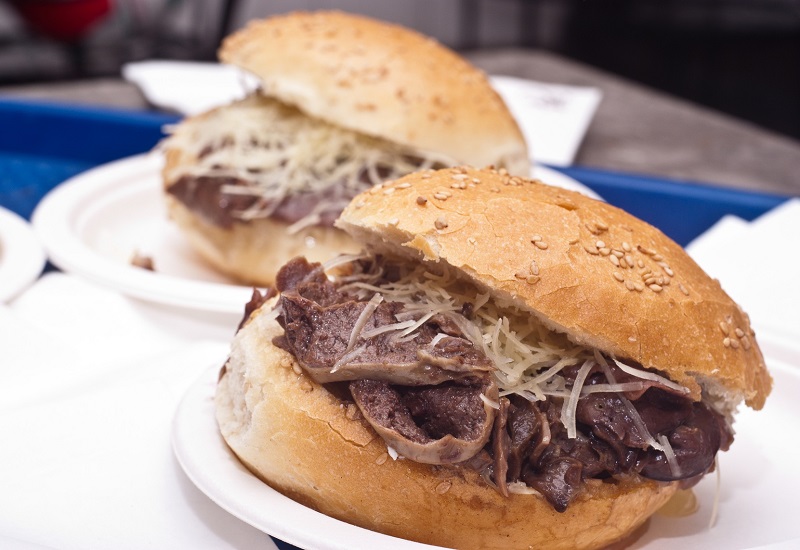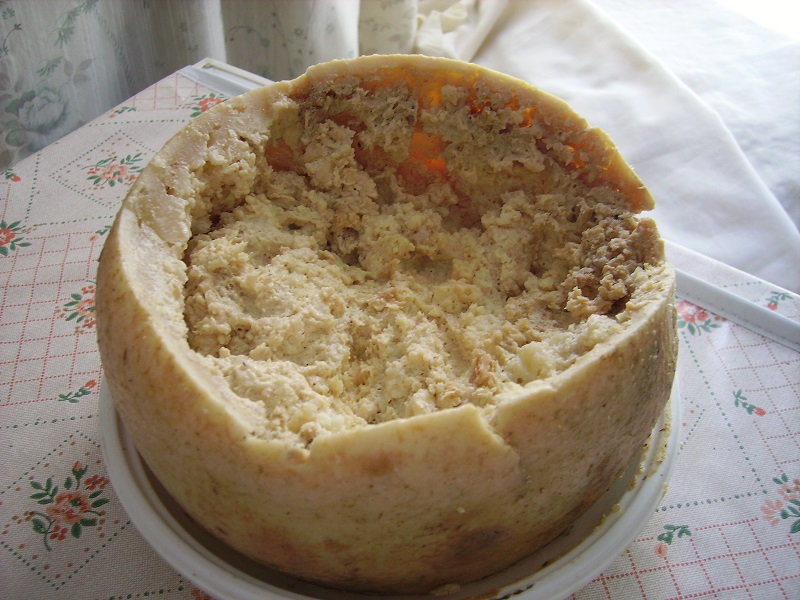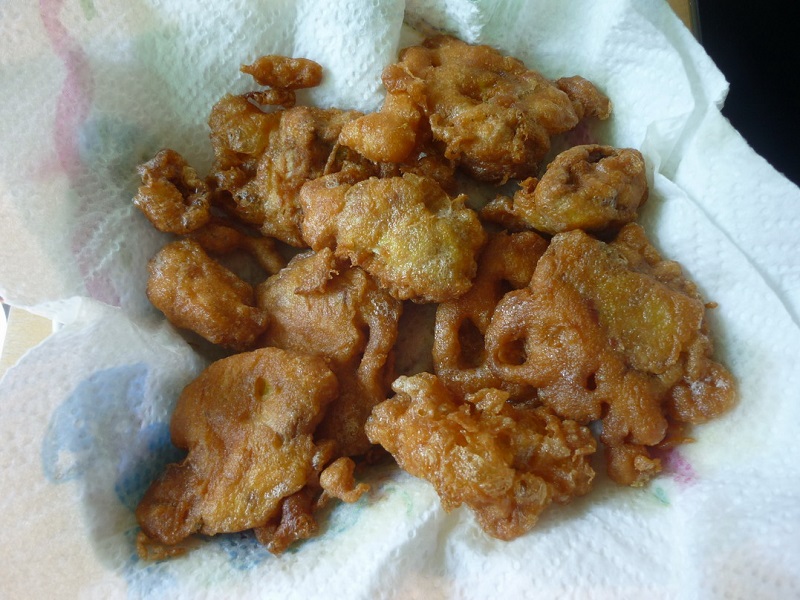When one thinks of Italian food, you imagine a plethora of regional delights, delicate fresh pastas that take less than five minutes to cook and plenty of seasonal vegetables, all lovingly prepared by an Italian nonna. And we mustn’t forget the rivers of red wine to pair your dishes with or the refreshingly bubbly deliciousness that is Franciacorta. The staggering variety in this country’s cuisine is why most Italians are so fiercely defensive over the common meal, as they should be. From North to South, island to island, every single destination in Italy has a different take on the same everyday foods.
Eating is not just part of life, it centers people together, a common subject where everyone has an opinion. However, there are some dishes that people outside of Italy (and who are we kidding, inside Italy too) might find a little weird. Plenty of non-awful ‘offal’ internal organs of animals that have often been a tasty mainstay in local cuisine, extending back to the time when most Italians were poor, and made the most out of the least expensive cut of meats, and waste was frowned upon. Dishes made from these animal parts are making somewhat of a comeback in many sophisticated Italian restaurants, looking to test diner's limits while revolutionizing peasant food. While taste is most certainly in the ‘tongue’ of the beholder, we list five foods that could be a little weird for some people.
Pani ca meusa – Sicilian Street Food
While bread with spleen might make someone wince, this is actual delicious street-food native to Palermo. Internal organs served with sweet breads were quite the delicacy back in the day. The bread is flavored with sesame and stuffed with t veal's lung and spleen that have been boiled and then fried in lard. You can ‘keep it light’ the way it is, or add grated caciocavallo cheese. It can be found on Palermo's city streets and the area surrounding Vucciria and the Ballarò. Or you can visit the popular, Pani Cà Muesa, at Via Cala 62. Similar versions of this also crops up in other Italian regions, for example in Tuscany there is the panino con il lampredotto – considered a must-try for the less-squeamish palate.
 Pani ca meusa, photo credit: http://mangiarebuono.it/
Pani ca meusa, photo credit: http://mangiarebuono.it/
Sanguinaccio Dolce – A Bloody Good Time
A word that rolls so nicely off the tongue, well it also tastes pretty good too. In southern Italy, there is a tradition of mixing pig blood (when it is still warm) with cream and chocolate, and eating it for carnival, ideally the day before Ash Wednesday. Since pigs were typically slaughtered in winter, this is when the dish crops up. The flavor is fantastic for those who like a bit of salty sweet, a rich chocolate pudding with a nice bitter aftertaste. Some areas changed their sanguinaccio dolce a bit and mix it with fried fruits and syrups, fashioning the treat into the form of a log, or you can keep it as-is and dip cookies or cake into the sweet mix.
 Sanguinaccio Dolce, Photo credit: http://images.unadonna.it/
Sanguinaccio Dolce, Photo credit: http://images.unadonna.it/
Casu Marzu – Rotten Cheese from Sardinia
They say people who live on an island are a little crazy, and I would be inclined to believe them when I hear about foods like this. Sorry for those who are lactose-squeamish, this is definitely not something you want to read if you are faint of stomach. While we all enjoy aged cheese, a nice aged pecorino or parmigiano, the ‘casu marzu’ variety is closer to well, a deeper state of decomposition. Hence why it is also called formaggio marcio (rotten cheese).The way it is made is using the larvae of cheese flies (Piophila casei) that are then matched with a local Sardinian cheese, the digestion system of the living maggots then makes the ‘casu’ very soft and increase the process of fermentation. If you are still with me here, because I haven’t even gotten to the craziest part, the larvae apparently are Olympic athletes, and can launch themselves up to 6 inches in distance. You can choose to remove the maggots while eating or let them hang out, in any case, if you eat this – you are a champ in our book.
 Casu Marzu, Photo credit: Wikimedia commons
Casu Marzu, Photo credit: Wikimedia commons
Cotechino and Zampone – Christmas Food From Emilia Romagna
The time around Christmas is always one of the most interesting periods to try regional food that you might not get any other time of the year. I asked my colleague Silvia, what would be her ‘weird food’ top choice from Emilia Romagna and she told me all about Cotechino and Zampone. Something you would see gracing the lunch or dinner tables of many families in this area. Always keeping to the ‘we love animal guts mantra’ these dishes have a very ancient past. Our first power player, Cotechino, is made from the noble parts of the pig and the rind. Everything is ground up and flavored with a medley of Christmas-friendly spices (nutmeg, cloves, cinnamon and wine) and stuffed into the budella, casing of the intestines. Zampone is often served alongside it, more minced pig meat stuffed into the skin of the trotter (which yes, retains the shape). It is typically served with a puree of lentils, potatoes and frutta in mostarda (a sweet-sharp mustard sauce). If it sounds a little weird, the origins hail from when Pope Julius II Della Rovere besieged Mirandola, a small town near Modena, and starvation was near. You can read more about these two delicacies here. Pictured above.
Cervelli Fritti - Fried Brains Are Tastier Than They Sound
It almost feels like fried dishes are a national pastime in Italy, depending on the season, you can find delicious dishes featuring fried zucchini flowers, artichoke, a mix of shrimp, calamari and cod. ‘Cervelli fritti’ or Frittelle di cervello are fried lamb, calf or veal brains, a delicious treat that is even better with fresh black peppercorns, with a little fresh lemon squeezed on top.
 Fried brains: Photo credit: http://3.bp.blogspot.com/
Fried brains: Photo credit: http://3.bp.blogspot.com/








